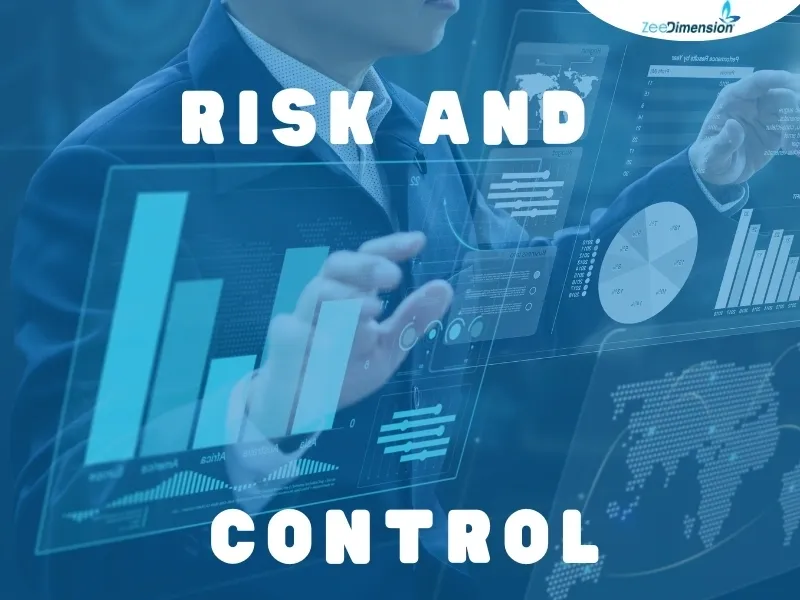
In corporate governance, understanding the relationship between risk and control is crucial for organizational stability and success. Which should come first?
Understanding Risk and Control:
-
Risk: Potential adverse events impacting objectives. Managed through identification, assessment, and mitigation.
-
Control: Policies and procedures to manage risks. Includes preventive, detective, and corrective measures.
The Case for Risk First:
1. Identification and Prioritization:
-
Identify and understand risks before designing controls.
-
Prioritize significant threats for effective resource allocation.
2. Tailored Controls:
-
Controls tailored to specific risks are more effective.
-
Ensures efficient risk management efforts.
3. Dynamic Risk Landscape:
-
Stay ahead of emerging threats by prioritizing risk identification.
-
Adjust controls to remain relevant and effective.
The Case for Control First:
1. Establishing a Control Framework:
-
Provides a foundation for risk management activities.
-
Ensures compliance with regulatory requirements.
2. Risk Detection and Correction:
-
Detective and corrective controls identify and address overlooked risks.
-
Creates a feedback loop for continuous risk management improvement.
3. Regulatory Compliance:
-
Prioritizing controls ensures compliance and avoids penalties.
-
Regulatory controls serve as a baseline for broader risk management.
Risk vs. Internal Control Explained:
-
Risk vs. Internal Control:
-
Controls ensure risks are at desired levels.
-
Effective control systems require understanding significant risks.
-
Assessment Interdependence:
-
Effective risk management depends on assessing related controls.
-
Controls over credit approval, for example, manage bad debt risk.
A Balanced Approach:
-
Simultaneous Implementation:
-
Incorporate risk identification and control implementation together.
-
Ensures controls are tailored and effective.
-
Continuous Improvement:
-
Regularly review and update risk assessments and controls.
-
Stay responsive to new risks.
-
Cross-Functional Collaboration:
-
Engage stakeholders from various departments.
-
Align risk management and control efforts.
Conclusion
-
The debate over whether risk or control should come first is nuanced and context-dependent.
-
Both are essential for effective risk management.
-
A balanced approach integrating both ensures resilience and success.
-
Stay agile, adapting to evolving risks and refining controls to mitigate threats.







